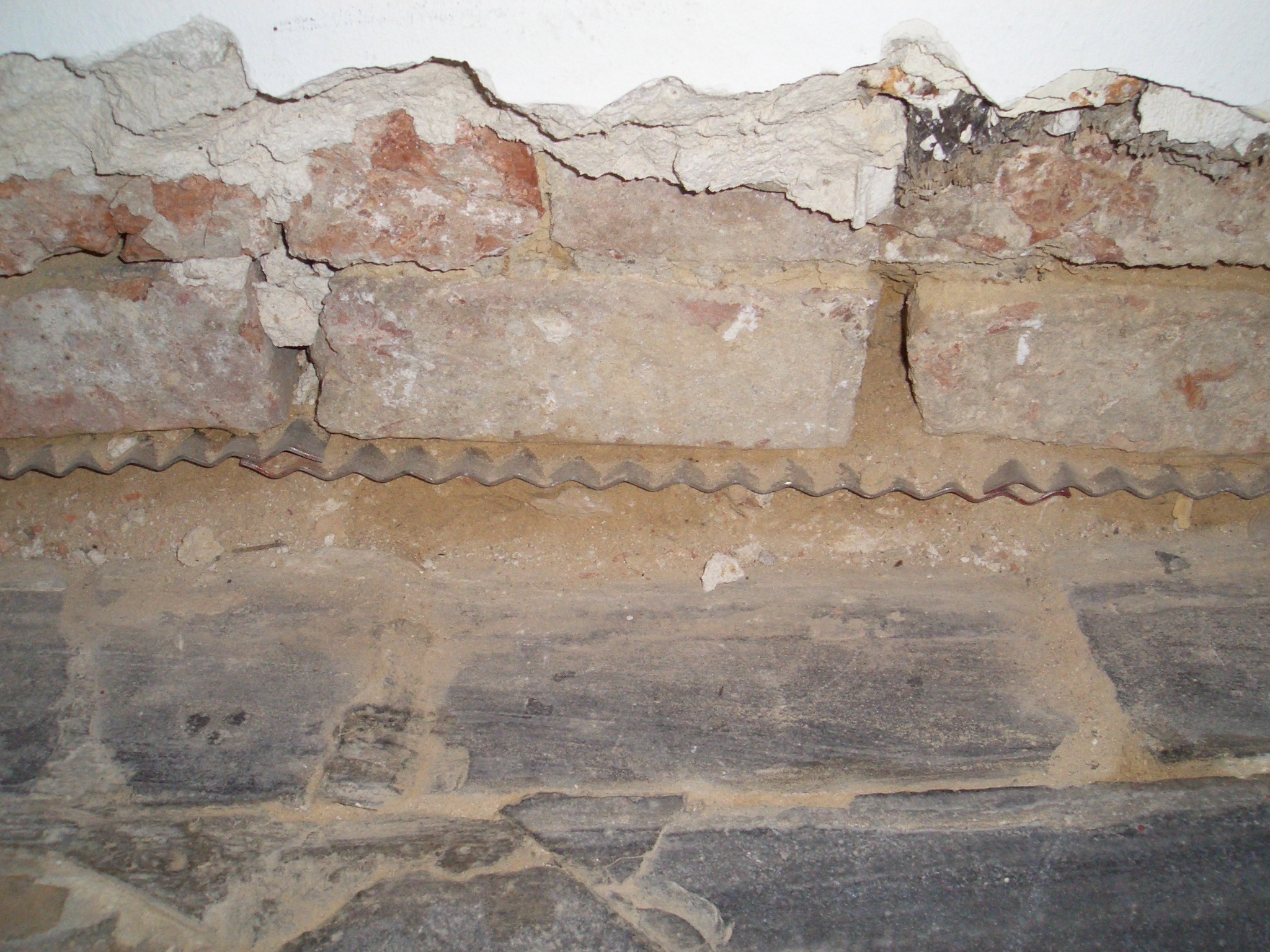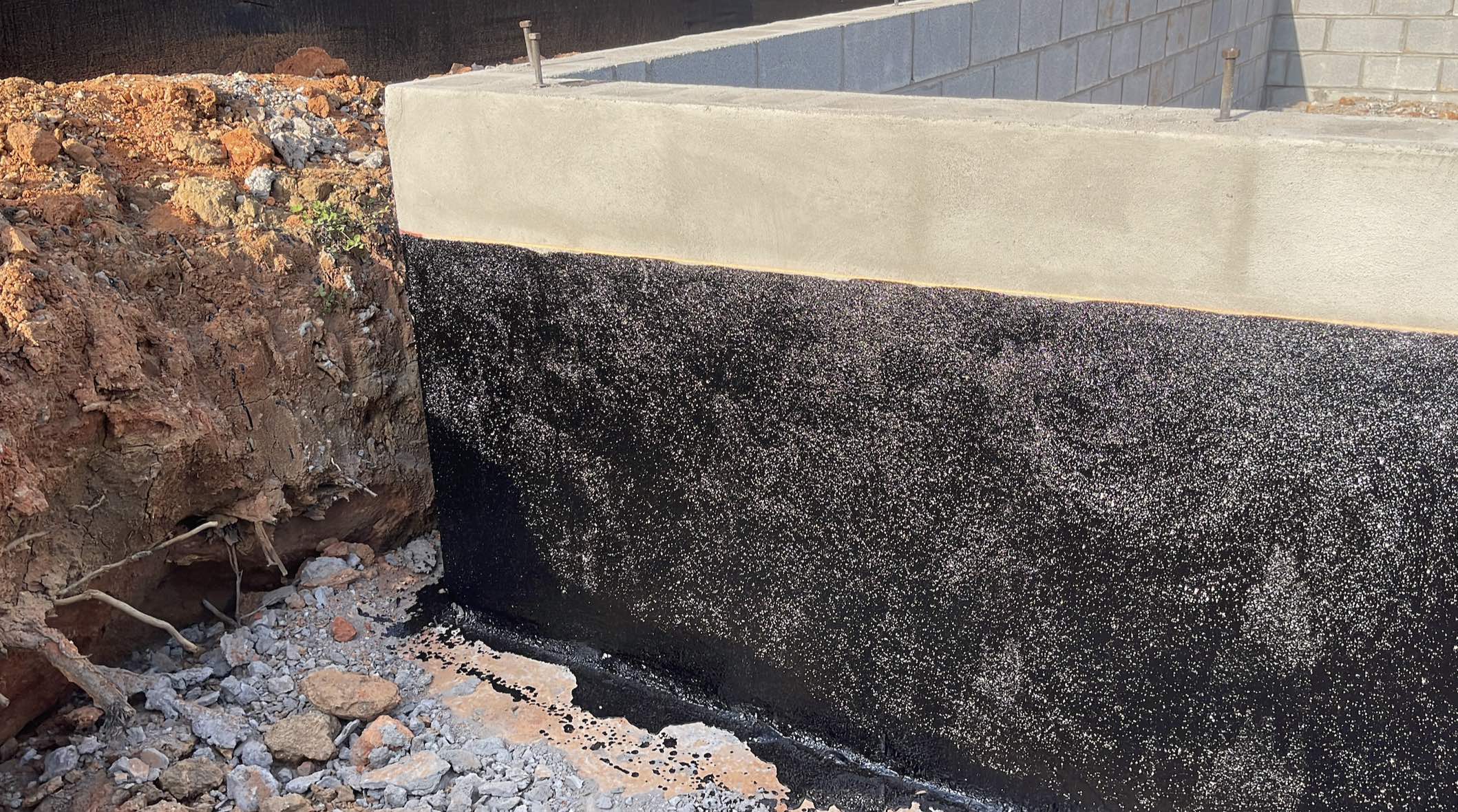Most common causes of penetrating damp and how mould removal newcastle can help
Wiki Article
Checking Out the Numerous Strategies and Solutions for Effective Damp Proofing
Wetness in structures postures substantial obstacles to both architectural honesty and interior air quality. Different methods and services have emerged to combat this prevalent problem. From standard damp-proof membrane layers to innovative chemical therapies, each technique uses distinct benefits. Recognizing these alternatives is crucial for effective wetness control. Nonetheless, picking the right option relies on particular structure problems and requirements, motivating more expedition into the most reliable moist proofing techniques offered.Understanding the Root Causes Of Moisture
Wetness can develop from various resources, comprehending these causes is important for effective removal. Frequently, moisture originates from three main sources: climbing wet, permeating wet, and condensation. Rising moist happens when groundwater takes a trip up-wards via porous materials, such as block or stone, often as a result of a lack of a reliable obstacle (damp specialist newcastle). Penetrating moist is commonly brought on by external aspects, consisting of roof leaks, malfunctioning seamless gutters, or damaged wall surfaces, allowing water to infiltrate a property. Condensation, on the other hand, results from excess wetness airborne, often worsened by inadequate ventilation and temperature differences, resulting in water beads basing on surface areas. Determining these underlying concerns is essential, as each sort of dampness needs a tailored technique for remediation. Correct assessment helps in identifying the most efficient services, eventually protecting the architectural honesty of a building and improving indoor air qualityStandard Damp-Proof Membranes

Chemical Damp-Proofing Solutions
Chemical damp-proofing remedies supply an ingenious technique to protecting against moisture breach in buildings. These methods commonly involve the application of liquid chemicals that pass through stonework and develop a barrier against rising wet. Frequently made use of chemicals consist of silanes, siloxanes, and other water-repellent representatives that respond with surface materials to develop a hydrophobic layer.The application process normally needs drilling openings into the walls, infusing the chemical service, and allowing it to heal. This method is especially beneficial for older structures where traditional damp-proof membrane layers may be impractical. Chemical damp-proofing can be much less disruptive and a lot more cost-effective than considerable renovation projects.While reliable, these services depend on correct application and environmental problems for peak performance. damp removal newcastle. Routine maintenance and monitoring are vital to guarantee the durability of the damp-proofing therapy. In general, chemical damp-proofing stands for a versatile choice for safeguarding structures versus moisture-related damageDental Caries Wall Surface Construction Methods
Dental caries wall surface building strategies offer many benefits, specifically in moisture control and energy effectiveness. By including an air void between two layers of masonry, these walls properly mitigate water ingress while enhancing insulation. This combination not just shields structures from moisture however likewise adds to decreased power usage.Advantages of Dental Caries Walls
When considering reliable wet proofing methods, the advantages of tooth cavity walls stick out plainly. Dental caries wall surfaces are composed of 2 different layers, developing an air void that properly lowers dampness infiltration. This layout decreases the threat of wetness, as the external wall surface works as an obstacle against rain and water ingress. Furthermore, cavity walls boost thermal insulation, which contributes to energy effectiveness by decreasing warm loss. They likewise offer sound insulation, aiding to develop a quieter interior setting. The air space allows for air flow, which assists in wetness control and minimizes the chance of mold and mildew growth. These advantages not just improve the overall comfort of a building yet likewise add to its longevity and architectural integrity.Dampness Control Methods
Reliable moisture control methods are essential in dental caries wall construction to assure long-term security versus dampness. One main approach involves the consolidation of weep openings, which facilitate water drain from the cavity, stopping buildup. Additionally, making use of breathable membrane layers can help take care of wetness degrees while permitting trapped vapor to get away. Proper positioning of insulation is additionally vital, as it needs to not obstruct drain courses. In addition, guaranteeing that the outer fallen leaves of the dental caries wall surface are built with waterproof products enhances overall toughness. Routine maintenance checks are necessary to recognize any obstructions or damage early, protecting the structure's integrity. Eventually, a combination of these techniques forms a robust defense against dampness breach in cavity walls.
Insulation and Power Performance
Insulation plays an essential function in improving power performance within tooth cavity wall building. By incorporating shielding materials, these walls develop a thermal obstacle that lessens warm loss and reduces power intake. Reliable insulation not only helps additional hints maintain a secure indoor temperature yet additionally reduces the danger of moisture, as it prevents condensation within the wall surface tooth cavity. Different techniques, such dig this as using stiff foam boards or mineral wool, can be employed to accomplish ideal insulation performance. Furthermore, proper installment is important to assure that gaps and spaces are lessened, which can or else jeopardize power effectiveness. Eventually, a well-insulated cavity wall adds considerably to overall sustainability and decreases heating & cooling expenses for house owners.Outside Damp Proofing Methods
Outside wet proofing techniques are important for shielding structures from wetness infiltration. 2 efficient strategies include the application of water resistant membrane layers and the setup of French drains pipes. These options help alleviate water build-up and preserve the stability of structures.Waterproof Membrane Layer Application
While various techniques exist for preventing wetness access, the application of water-proof membranes continues to be a highly efficient exterior wet proofing strategy. These membrane layers are typically made from materials such as polyethylene, rubber, or changed asphalt, offering a robust obstacle versus water penetration. The installation process entails using the membrane layer to the exterior surfaces of wall surfaces or structures, ensuring complete protection to avoid leakages. Proper adhesion and sealing at joints are important to taking full advantage of efficiency. Water-proof membrane layers can be applied in various types, consisting of fluid finishings and sheet membrane layers, permitting for flexibility based upon the details demands of the structure. This technique not just safeguards structures from moisture however also boosts their long life and structural stability.French Drain Setup
One effective method for taking care of groundwater and preventing moisture buildup around a building's structure is the installment of a French drain. This water drainage system contains a trench loaded with gravel and a perforated pipe that redirects surface water away from the foundation. Appropriate installation needs cautious preparation, making sure that the drain slopes far from the framework to promote perfect water circulation. Additionally, the place of the drain is vital; it needs to be placed in areas prone to pooling or excess moisture. Normal upkeep, consisting of clearing debris from the crushed rock and making certain the pipe remains unobstructed, is vital for long-lasting performance. Inevitably, a well-installed French drain can greatly reduce the threat of water-related problems in structures and basements.Interior Waterproofing Methods
Inside waterproofing techniques are important for safeguarding a building's inside from wetness infiltration and potential water damages. These methods generally entail the application of dig this specific products and methods designed to produce a dampness barrier within the framework. One usual method is using water resistant layers or sealers on walls and floors, which protect against moisture from permeating surfaces.Additionally, mounting interior drain systems, such as sump pumps, can properly manage water buildup in cellars and crawl rooms. Another approach includes the use of vapor obstacles, which are mounted to hinder dampness activity from the ground into living spaces.Moreover, dealing with any kind of fractures or spaces in wall surfaces or foundations with ideal sealants assures a detailed defense versus water intrusion. By carrying out these indoor waterproofing approaches, homeowner can greatly decrease the danger of mold growth, structural damages, and various other moisture-related concerns. Appropriate implementation of these methods is crucial for long-lasting security and building stability.Routine Maintenance and Evaluation Practices
Normal upkeep and inspection practices are important for guaranteeing the long-term performance of wet proofing options in any kind of structure. Routine checks allow building proprietors to determine early signs of dampness intrusion, such as peeling paint, mold and mildew development, and mildewy odors. These indicators can signify underlying concerns that need immediate attention.Inspections should be conducted a minimum of each year, concentrating on susceptible areas like cellars, crawl spaces, and outside walls. Throughout these analyses, building owners should examine sealers, drainage systems, and air flow to confirm they function correctly.Additionally, keeping gutters and downspouts is vital, as clogged systems can result in water buildup near the foundation. Applying a routine maintenance routine, along with prompt repair work, can substantially prolong the life expectancy of wet proofing procedures and protect the structural honesty of the building. Proactive procedures ultimately add to the total health and wellness of the living environment.Frequently Asked Inquiries
The Length Of Time Does Damp Proofing Typically Last?
The period of moist proofing efficiency differs, commonly lasting in between 20 to 50 years. Variables such as application high quality, environmental problems, and maintenance methods greatly influence the long life of the damp proofing treatment.
Can I Damp Evidence My Home Myself?
The private contemplated the usefulness of do it yourself damp proofing. With appropriate research and the appropriate materials, it is possible. They also recognized the significance of professional assistance to assure lasting performance and prevent future issues.What Are the Signs of Ineffective Damp Proofing?
Indications of ineffective damp proofing consist of relentless mildewy odors, noticeable mold and mildew growth, peeling off paint, damp spots on walls, and wood degeneration - damp removal newcastle. House owners should attend to these concerns immediately to prevent additional damages and wellness worriesDoes Damp Proofing Affect Indoor Air Quality?

Exactly How Much Does Professional Damp Proofing Price?
Professional moist proofing prices differ substantially, generally varying from $1,000 to $5,000 depending upon the building's size, the degree of the wet issue, and picked techniques. Each scenario calls for a tailored analysis for accurate rates. Frequently, wetness stems from three primary resources: rising moist, permeating damp, and condensation. When taking into consideration reliable damp proofing approaches, the advantages of cavity walls stand out plainly. External damp proofing approaches are important for safeguarding structures from wetness seepage. While various approaches exist for stopping moisture access, the application of waterproof membrane layers remains an extremely reliable exterior moist proofing method. Indicators of ineffective moist proofing include persistent musty smells, noticeable mold and mildew development, peeling off paint, wet patches on walls, and wood degeneration.Report this wiki page